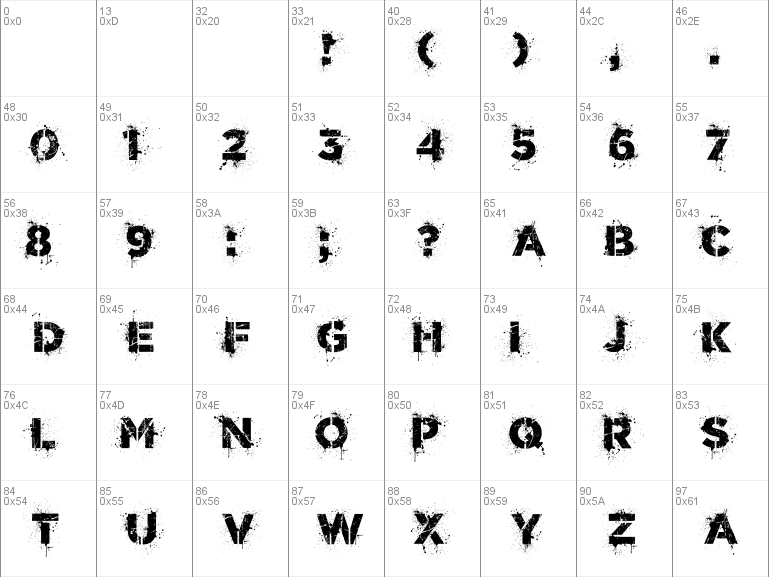

Unique, consistent typeface will assist you in establishing a strong user following, establishing trust with your readers, and carrying your branding ahead. Why will beautiful typography improve the personality of your website one may think? But your visitors will subconsciously begin to identify the typeface displayed on your site with your business. However, there are other methods for creating contrast through the judicious use of colour. Legibility is improved by a high colour contrast between the type and the backdrop.īlack lettering on a white backdrop is a simple yet powerful example of typographic contrast. The worth of your design projects will skyrocket if you can master the abilities of font choosing and matching.Ĭontrast is essential in graphic design, particularly when it comes to typography. The typeface or fonts used should suit the ambience of the statement and be readable. Selecting and matching typefaces for a graphic design are two separate talents and art forms. It is critical for a graphic designer to comprehend the distinction between such concepts. In truth, when most people say "font," they're referring to a typeface. The following are some important elements to consider while utilizing typography in graphic design.īoth terms "font" and "typeface" are sometimes used indiscriminately. With experience, you'll acquire an eye for good typography and become more adept at making strategic design decisions. To hit all of the criteria for functional and visually attractive typography in graphic design, a good grasp of basic design concepts is required. Fun fact: the typeface used in the Gutenberg Bible is now known as Textura, and it can be found in the font drop down menu of most modern desktop apps! Today Typography in the digital age has the same relevance as calligraphy had in the past.Īlso Read | User Interface vs User Experience

The Gutenberg Bible is the first example of typography, and it sparked a typographic revolution in the West. Prior to the digital age, typography was a specialist art connected with books and publications, and later, public works. Typography may be traced back to the 11th century, when moveable type was invented. The text comes to life thanks to typography. Typography is concerned with style, look, and structure, with the goal of eliciting certain emotions and conveying specific messages. It is the art of arranging letters and words in such a manner that the material is legible, clear, and visually appealing to the reader. The first is to improve readability, and the second is to assist express a design piece's meaning, tone, and mood. In graphic design, typography serves two functions. It is essential in all forms of design, both print and digital. One of the most crucial skills that any graphic and online designer must learn is typography. Typography is the purposeful use of type to make written material understandable and visually appealing. We typically examine the power of the written word, but we rarely consider the designer's role in mimicking the spirit of the word in a sentence. Type may be seen everywhere, from instruction books to storefronts. We're constantly processing printed words, whether on our phones, in books, or on websites.
Conflicting typeface examples how to#
Let's look at how to utilize typography efficiently in graphic design to reach your goals. Typography helps with readability, hierarchy, and brand identification. The significance of typography in graphic design cannot be emphasized.


 0 kommentar(er)
0 kommentar(er)
